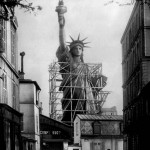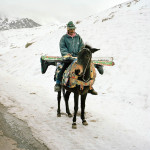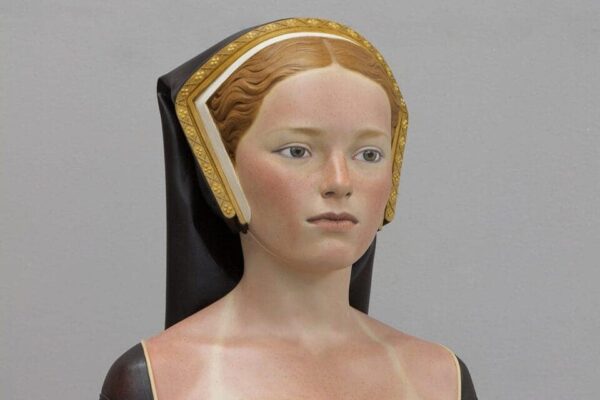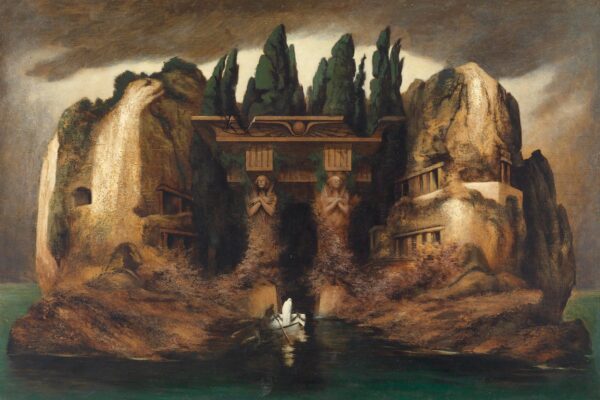1. Queen Maud the sportswoman
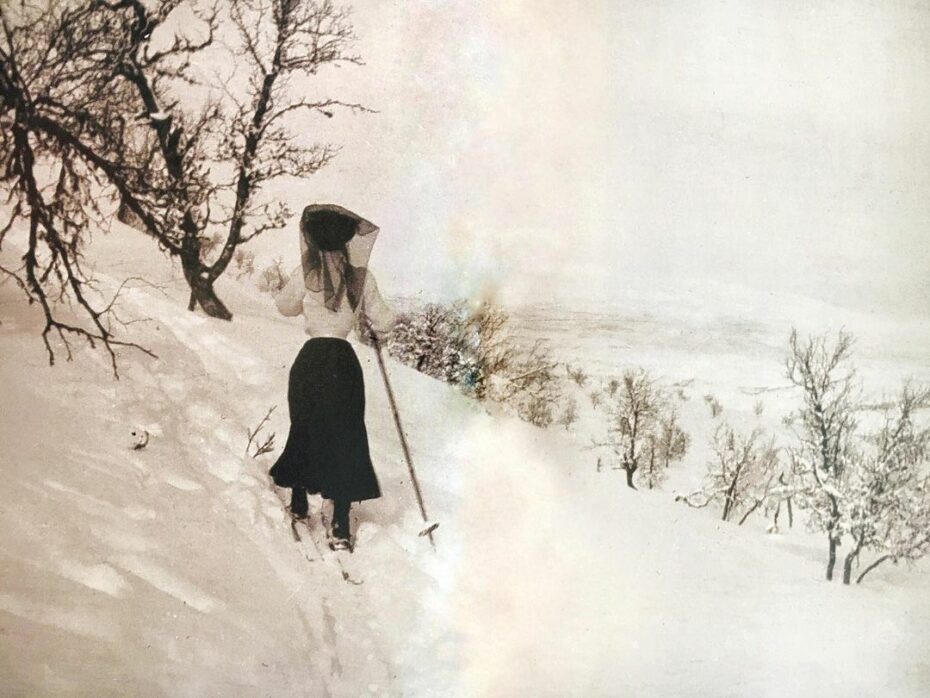
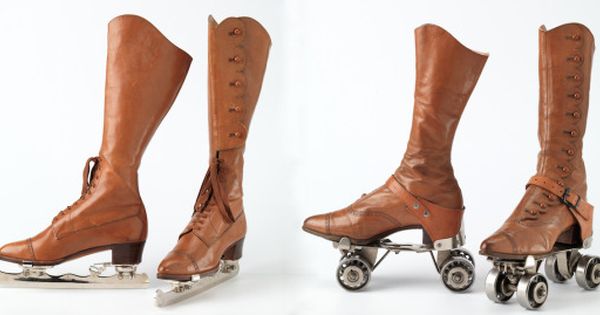
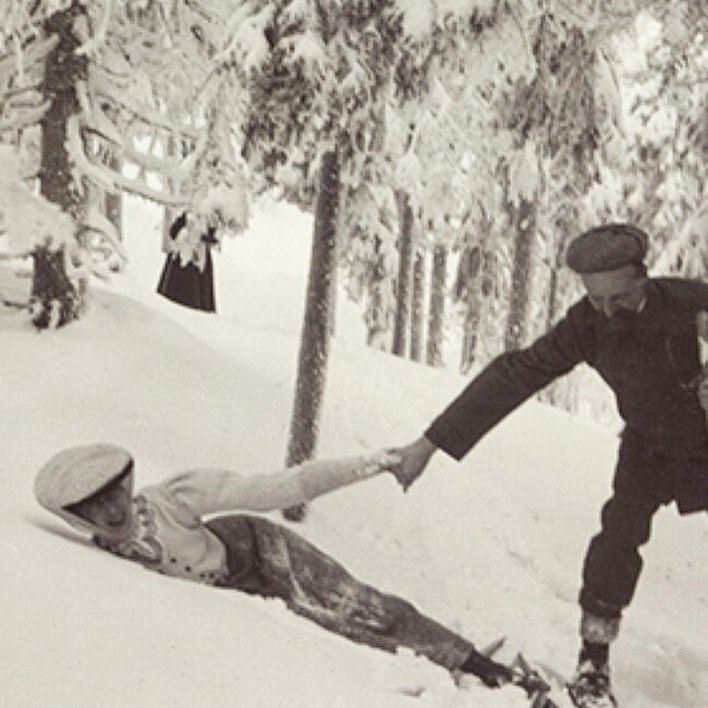
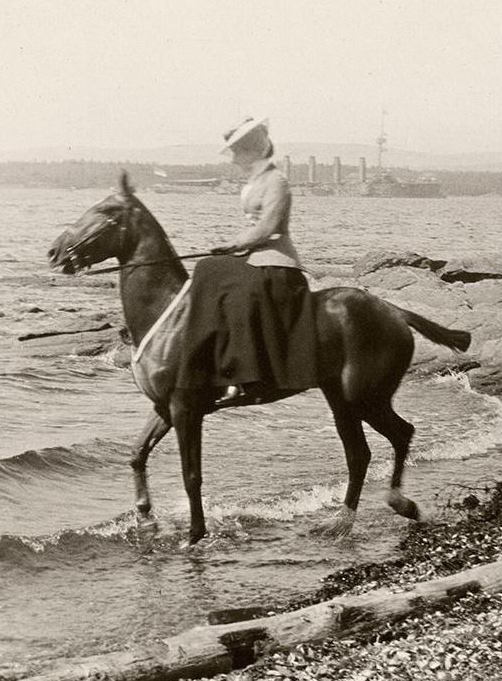
When then Princess Maud of Wales married in 1896, her trousseau (I.E. her new wardrobe) was discussed in detail in the press. Some magazines was surprised by the amount of “sportswear” and the lack of grand robes, especially considering her mother Alexandra being one of the absolute fashion icons of the time, and she was known for a more opulent style.
The love for sports would be vital in Queen Maud’s life. She was one of the first of the British royal family to ride a bike in public, and she loved riding, skating and tennis. When she became the queen of Norway in 1906, she immediately learned skiing, toboganning and other winter sports. When staying at the royal winter residence, she usually went skiing twice a day.
But for all these activities she used skirts, and always rode side-saddle. Not until the 1930s does skiing trousers appear in her wardrobe. She was surprisingly fit and muscular due to her active lifestyle, and can be seen in many a sleeveless gala gown in the 1930s – she was then well into her 60s.
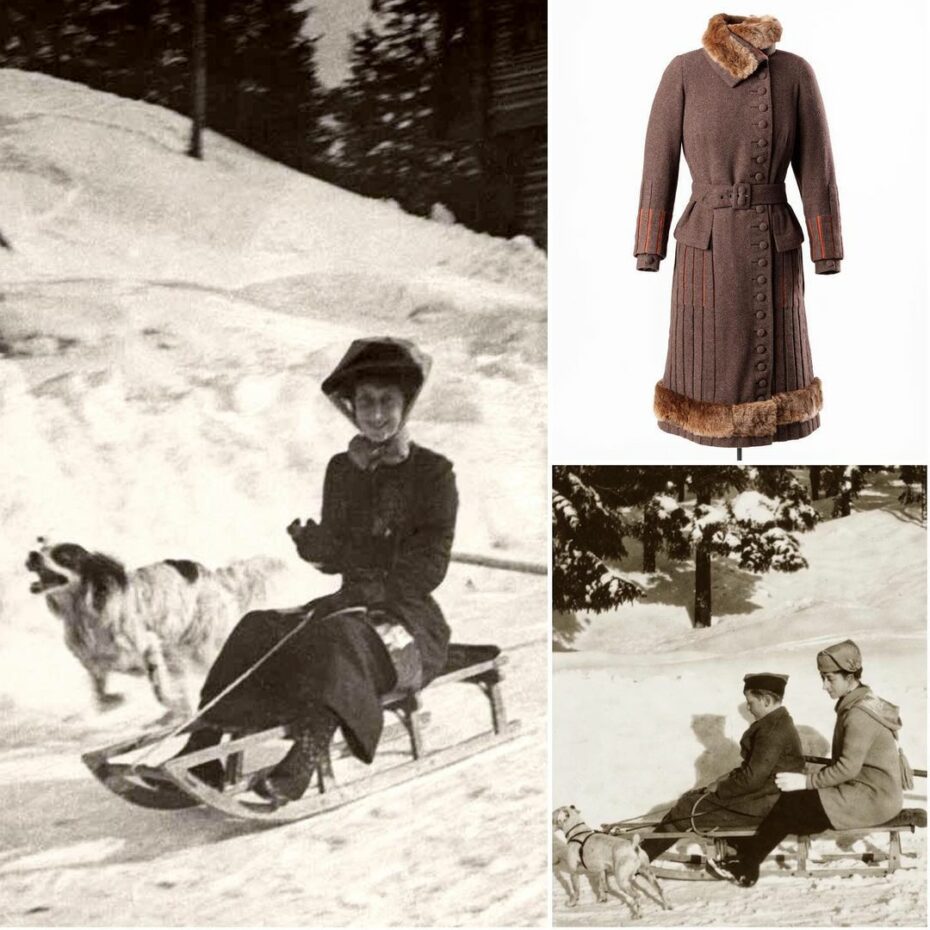
More found on Anae Costumes.
2. Army drag: Greek soldiers of the Evzone Units, by Alfred Eisenstaedt, 1935
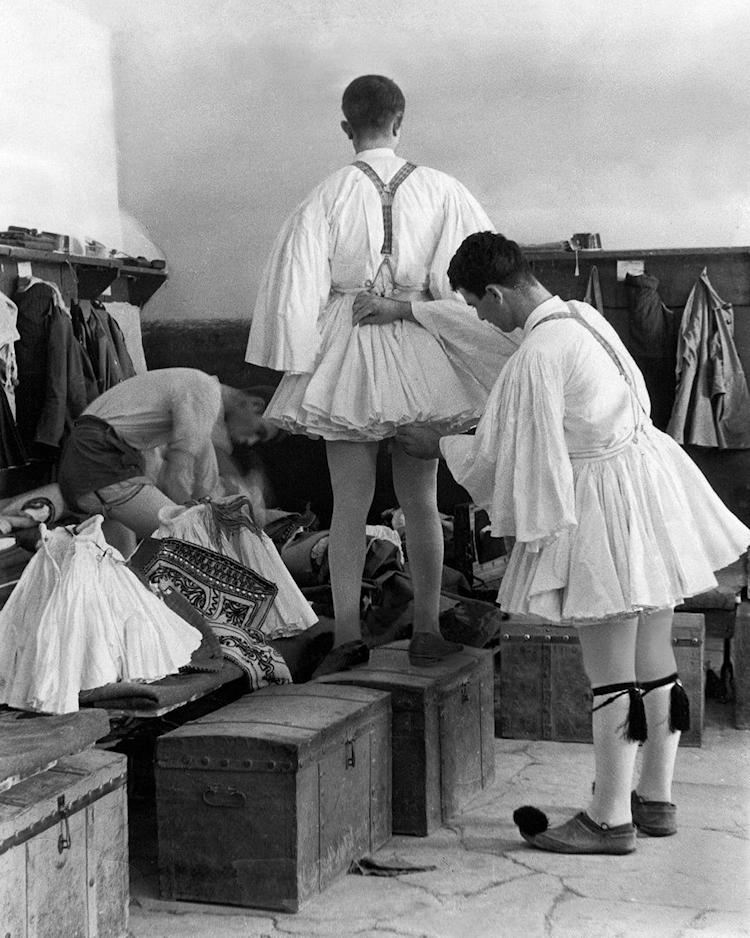
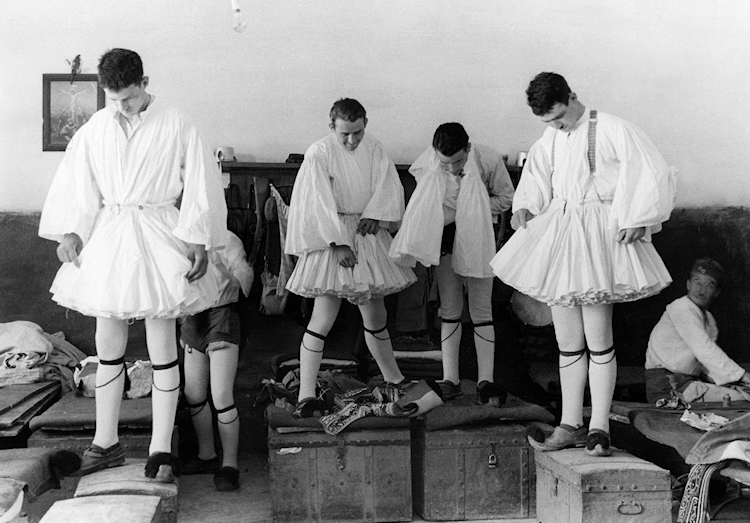
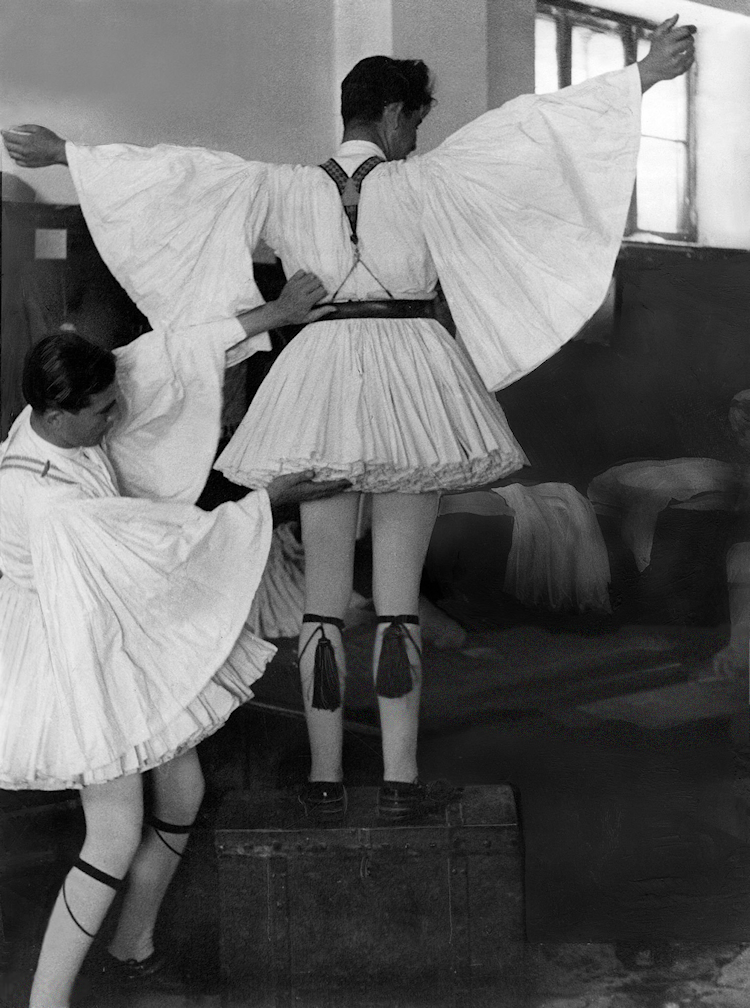

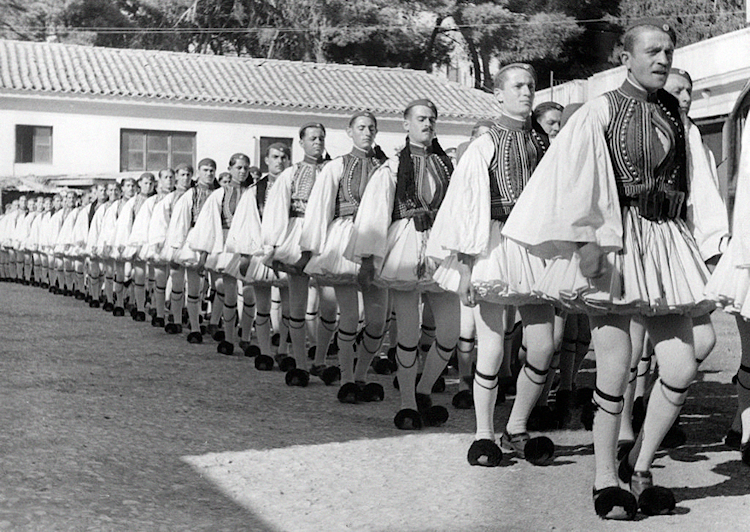
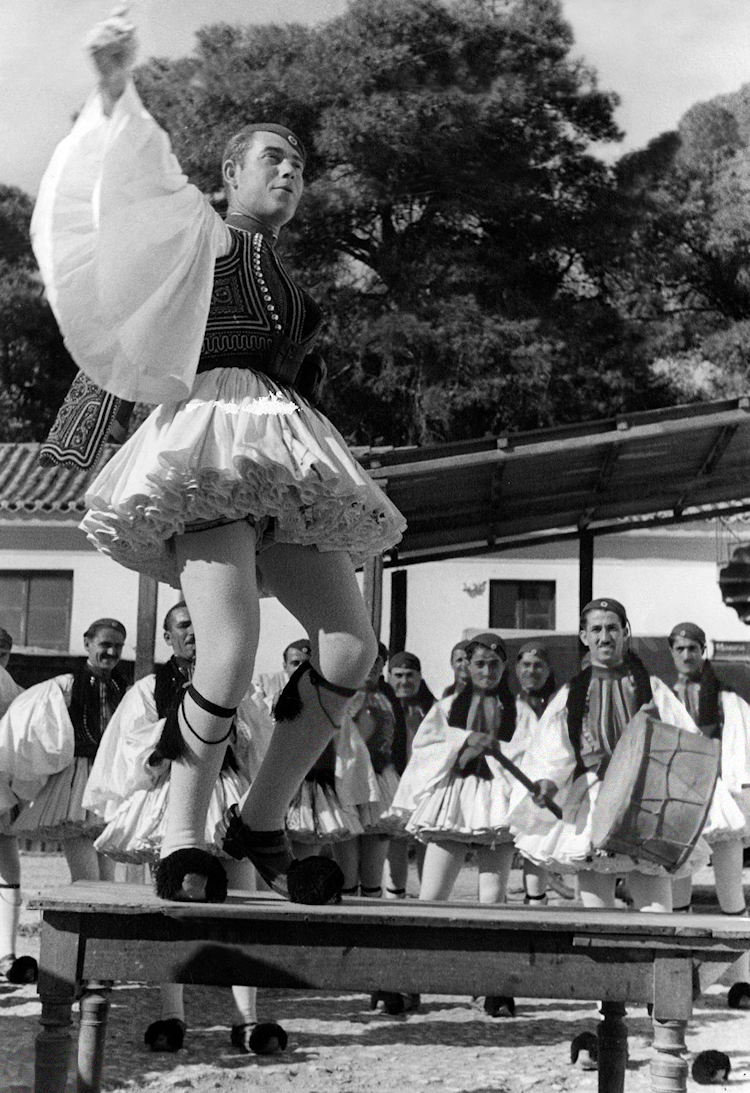

The Evzones or Evzonoi (Greek: Εύζωνες, Εύζωνοι) were several historical elite light infantry and mountain units of the Greek Army. Today, they are the members of the Presidential Guard, a ceremonial unit that guards the Greek Tomb of the Unknown Soldier and the Presidential Mansion in Athens. Also known, colloquially, as Tsoliádes (Greek plural: Τσολιάδες), Evzones are known for their distinctive uniform, which evolved from the dress worn by the klephts, bandits and insurgents who for several centuries fought the Ottoman occupation of Greece. Created in 1837, but at first in limited use, its popularity led to its adoption as the official uniform of the Evzones in 1868. The most particular, iconic item of this uniform is the knee-length fustanella, a white, many-layered kilt-like garment. The number of gathered pleats of the fustanella is romantically said to be equal to the duration of the Ottoman occupation – i.e., 400.
Find more photos here.
3. Is that the Statue of Liberty Hiding in Plain Sight in Milan?
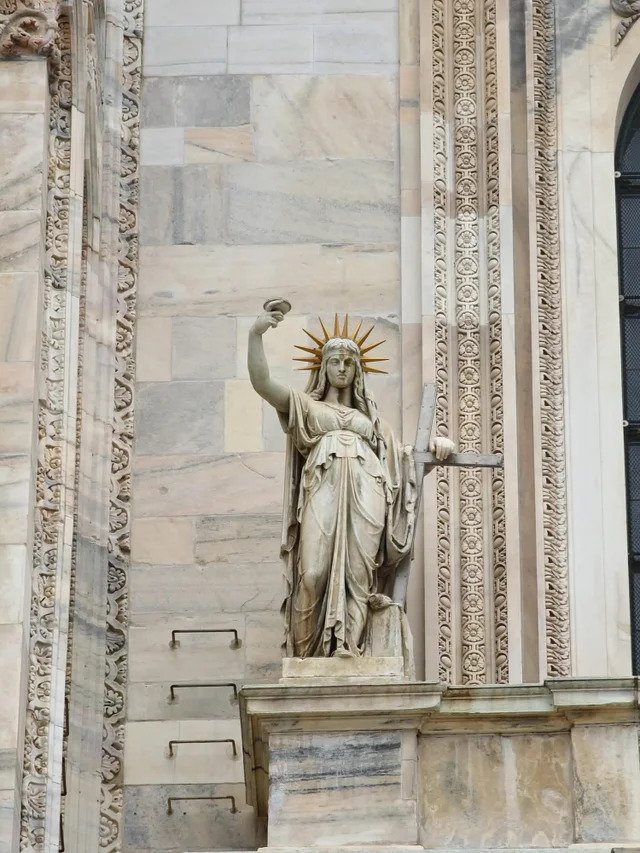
Let’s zoom in on the Duomo di Milano…
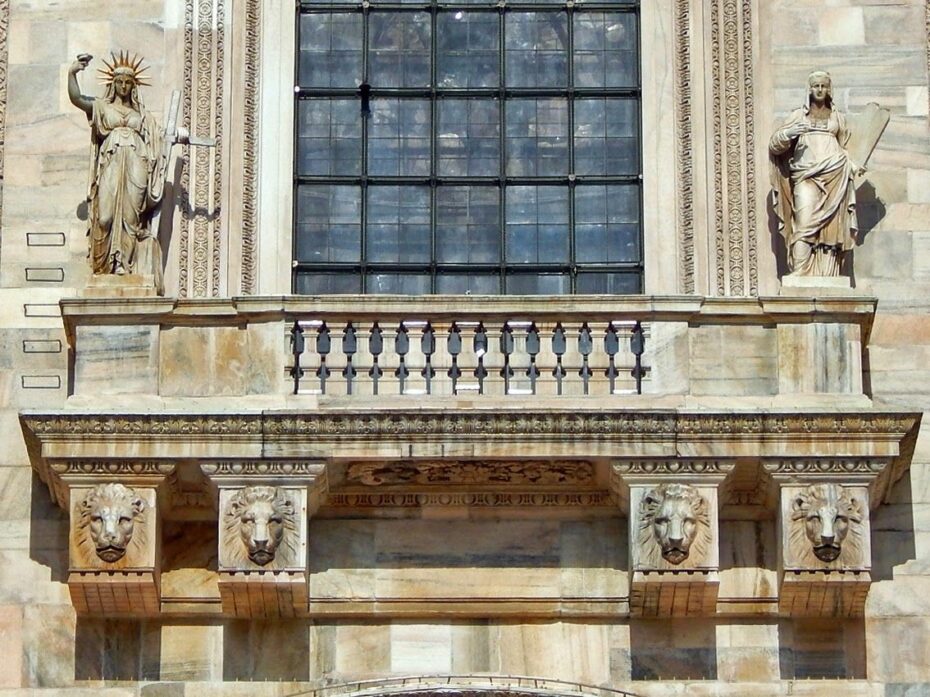
Look at the statue on the right side of the balcony, there is a table probably of laws. The two statues are called The New Law and The Old Law. By combining these two sides, the similarity is more evident. Look here:
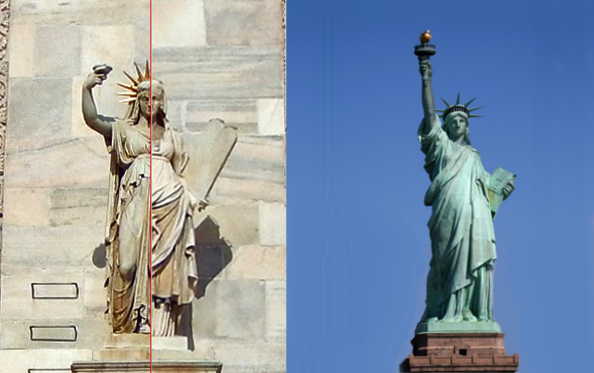
The statue of Liberty itself was made in Paris and shipped over in pieces (and there’s a smaller version on the Seine). Typically it’s thought that the Libertà della Poesia sculpture in Florence was Bartholdi’s main source for the Statue of Liberty, but does Milan’s Duomo also have a claim?
Found on Reddit.
4. The tomb of Rudolph Nureyev, the famous Russian ballet dancer, near Paris
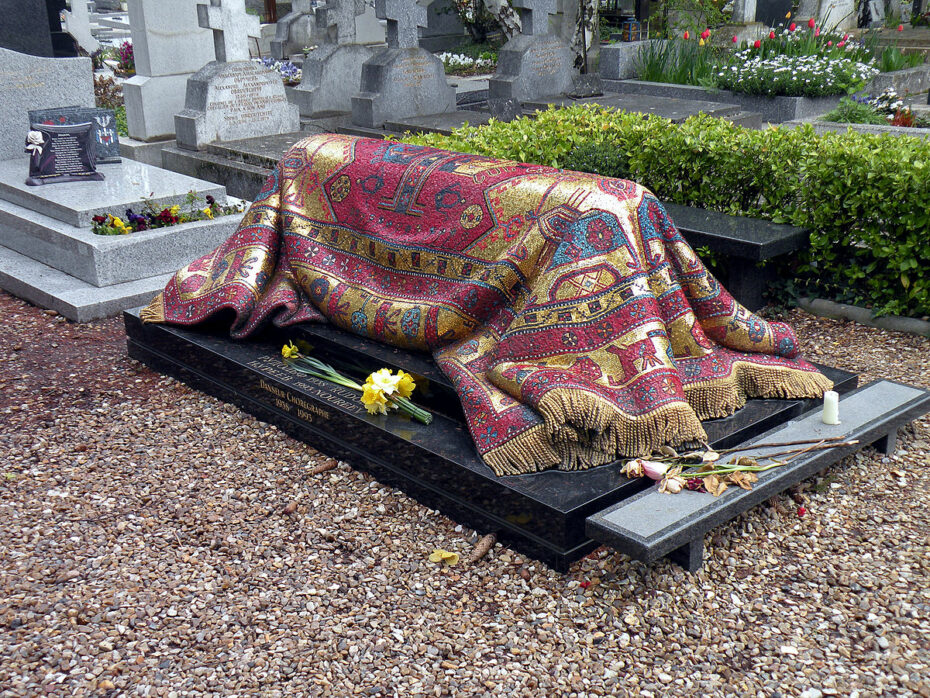
The rug is a replica of an oriental kilim rug, the likes of which Nureyev took with him on tours and used to warm up on; subsequently, it has been said to replicate the dancer’s ‘nomadic life.’ The particular rug replicated on the grave was one of the dancer’s favourite patterns. The memorial was designed and assembled by a team headed by Ezio Frigerio, a set designer who had worked closely with Nureyev on several of his productions.
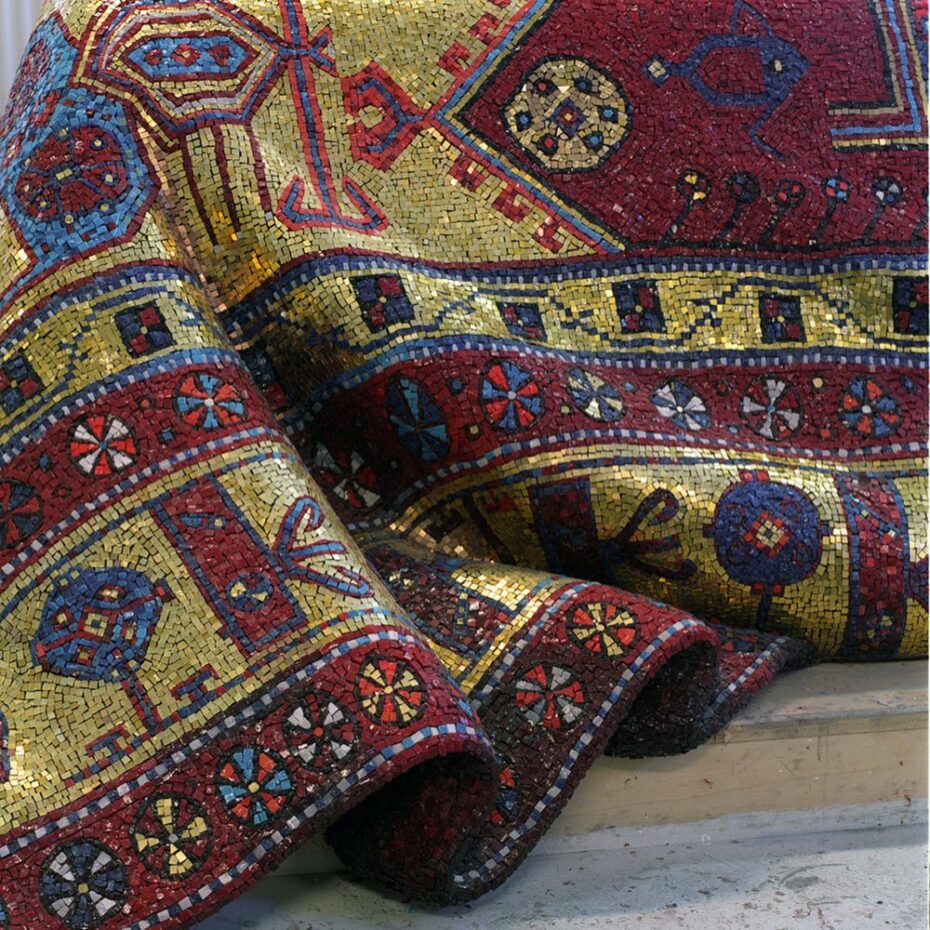
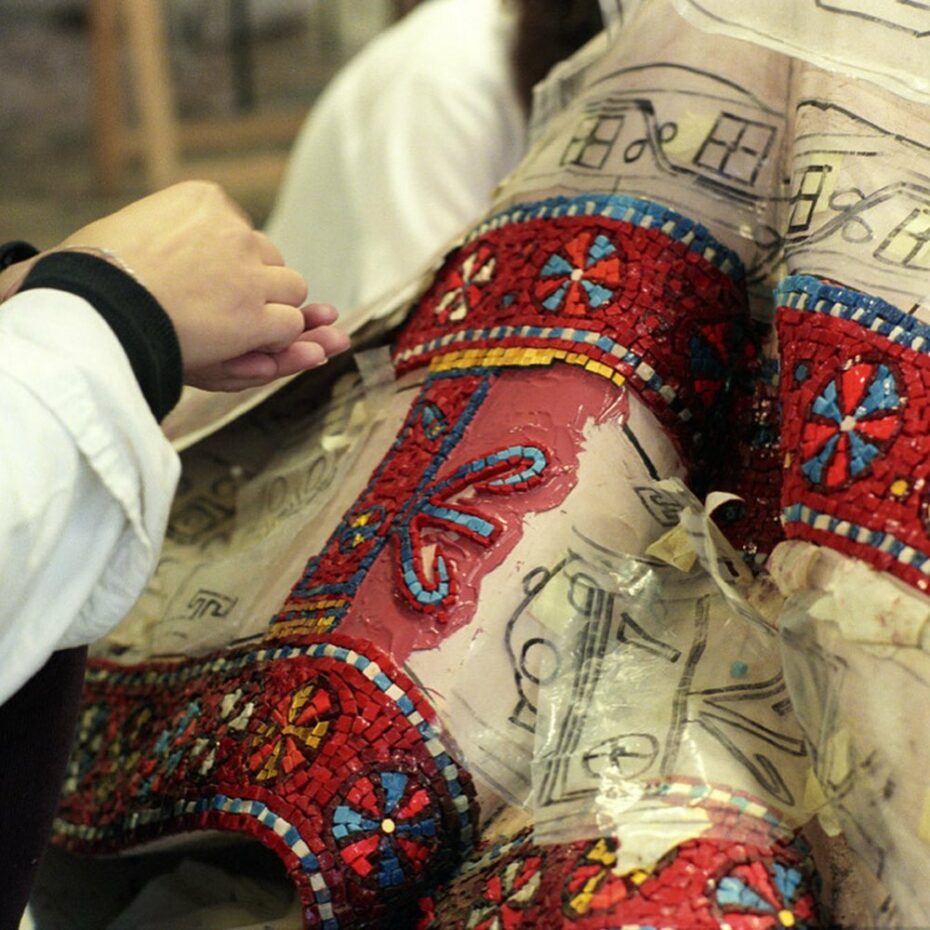
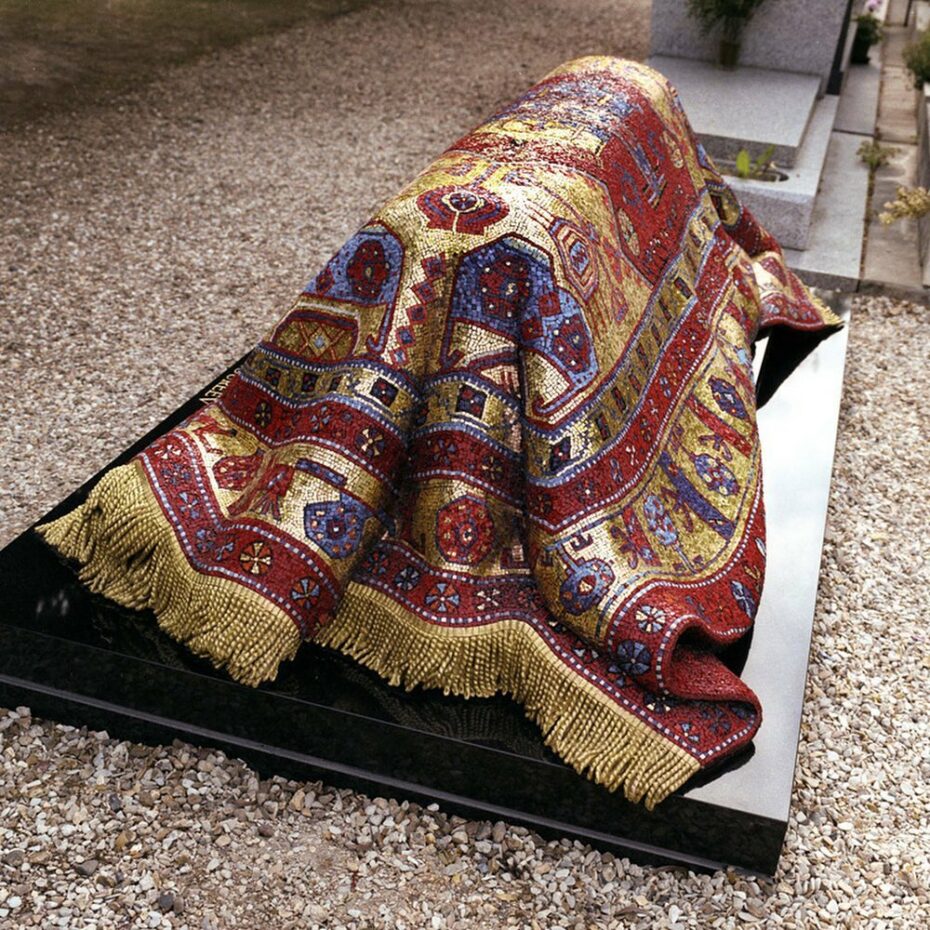
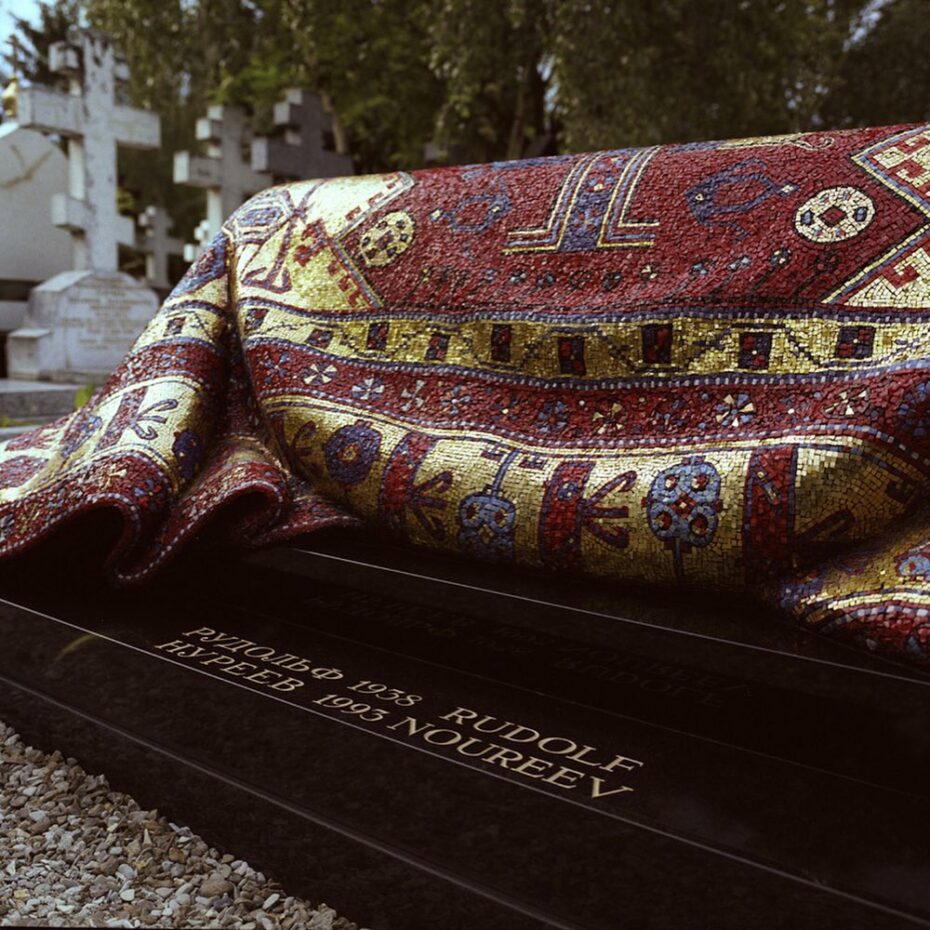
It is located at the Russian cemetery in Sainte-Geneviève-des-Bois near Paris. Found here.
5. Carpets laid out to dry near Tehran, Iran, 1972
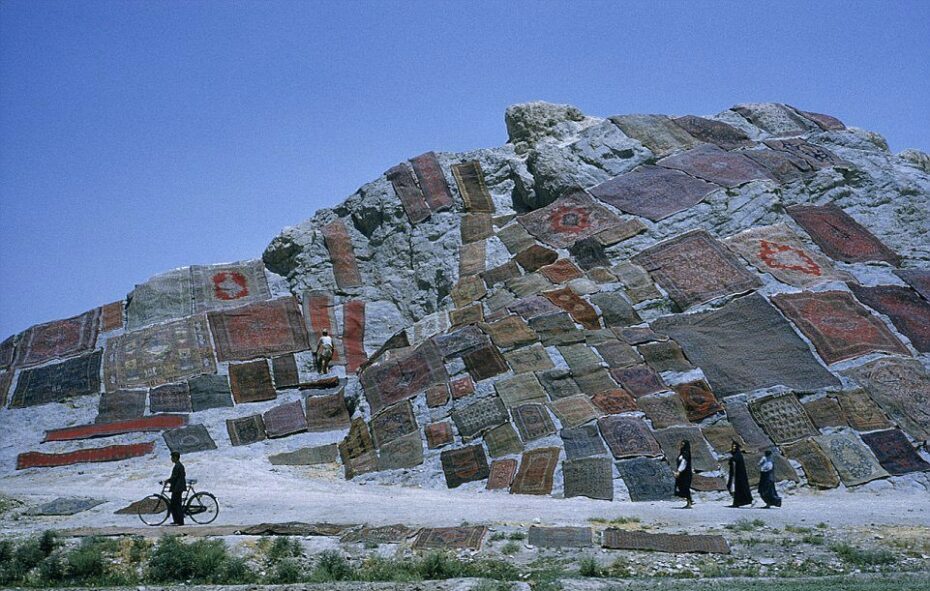
Photographed by J. Abercrombie for National Geographic.
6. Brahaus
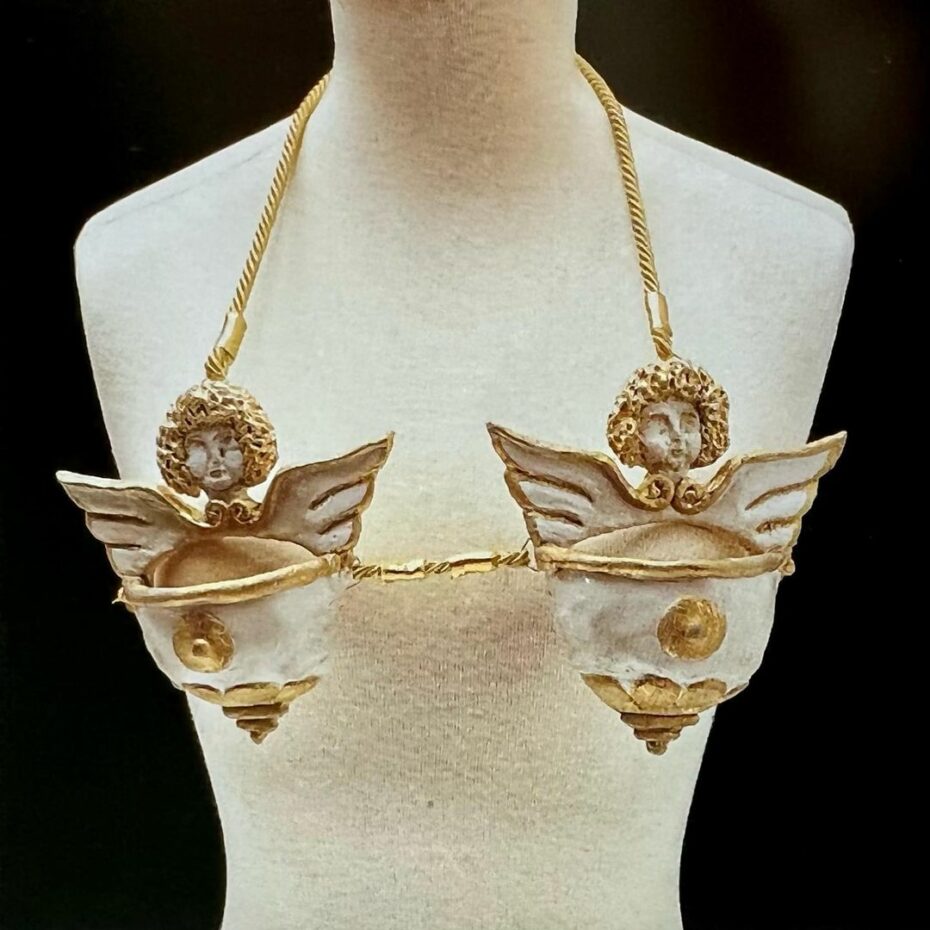
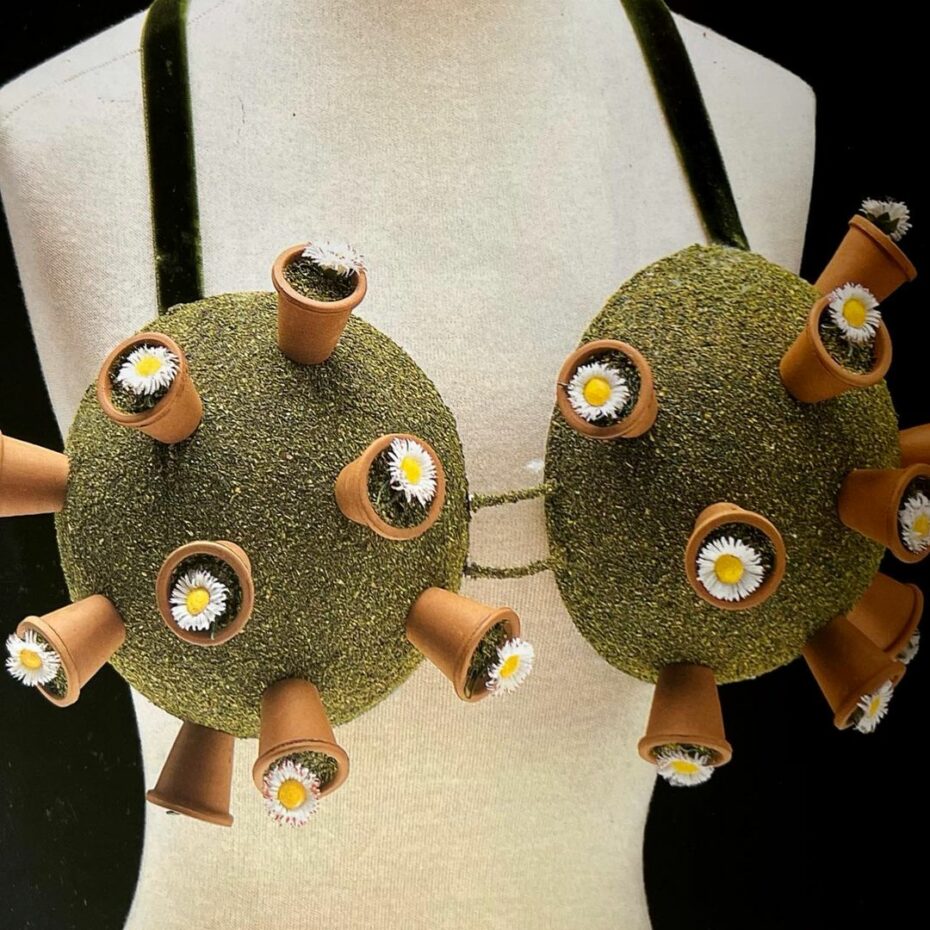
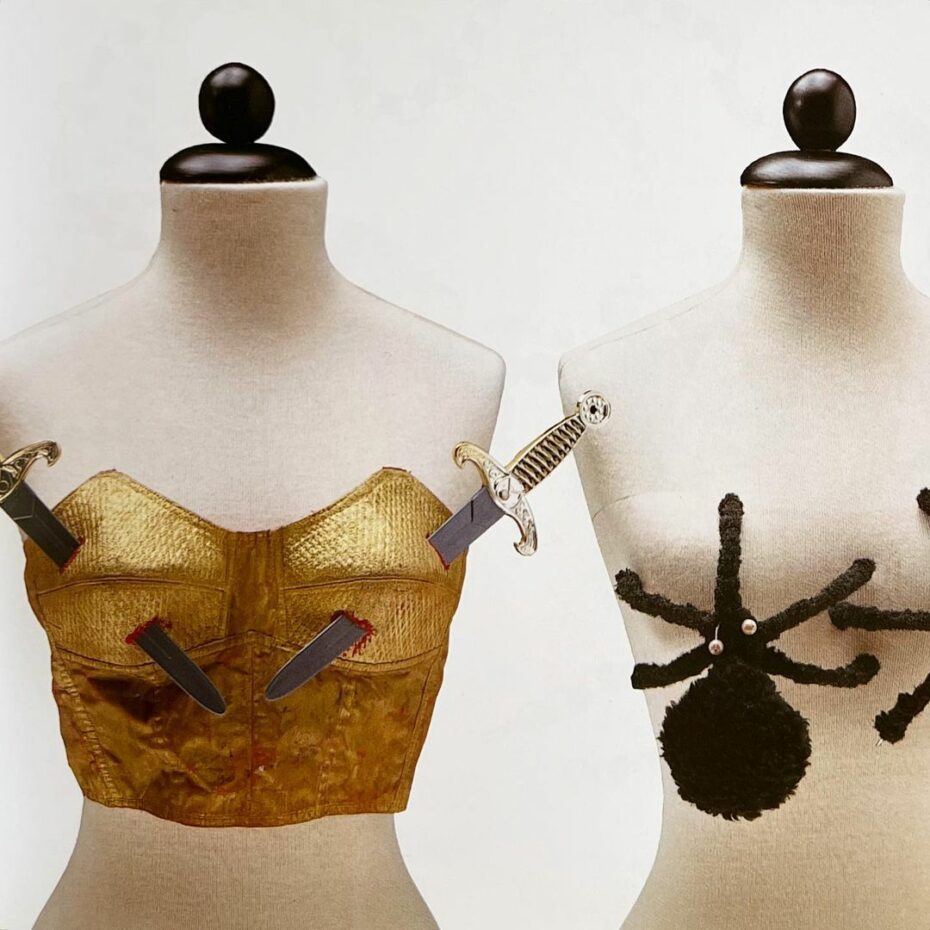
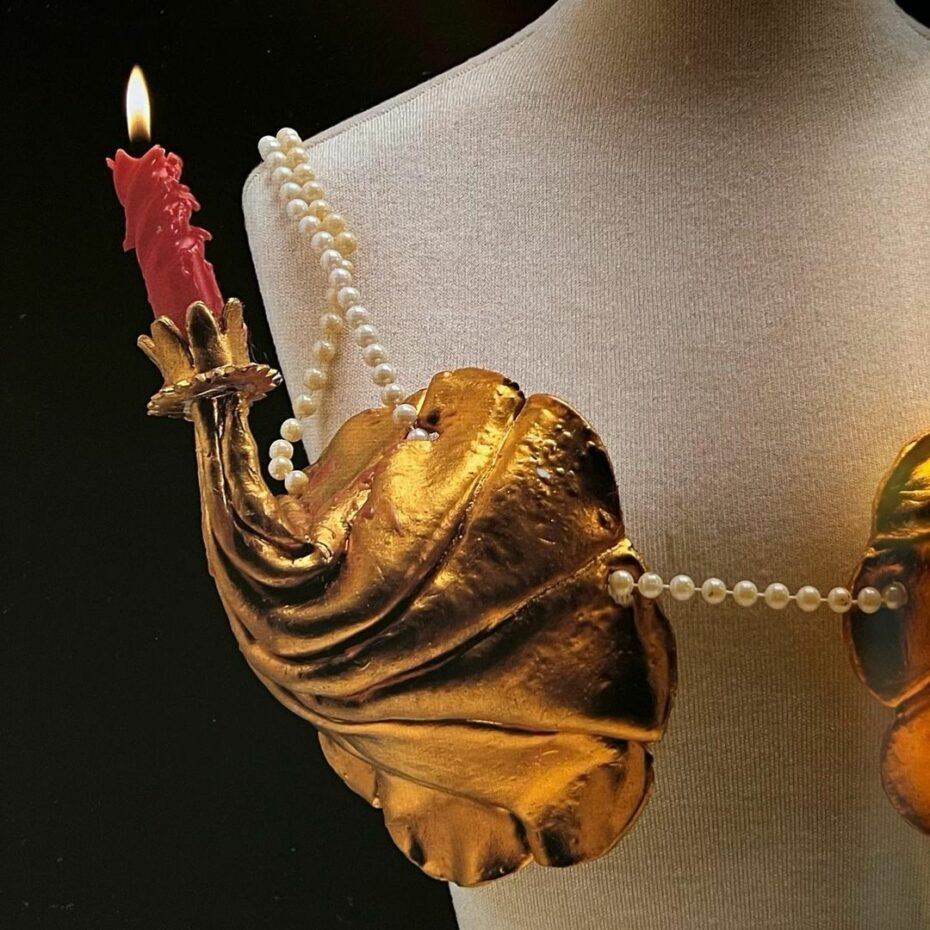
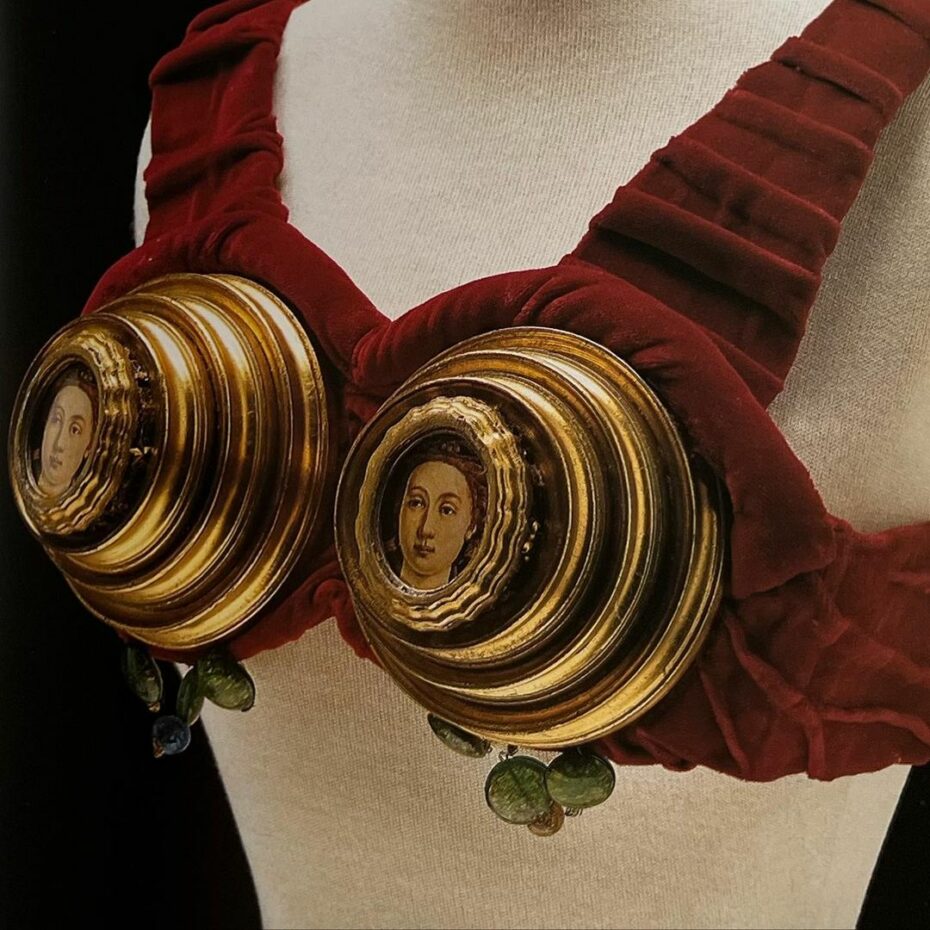
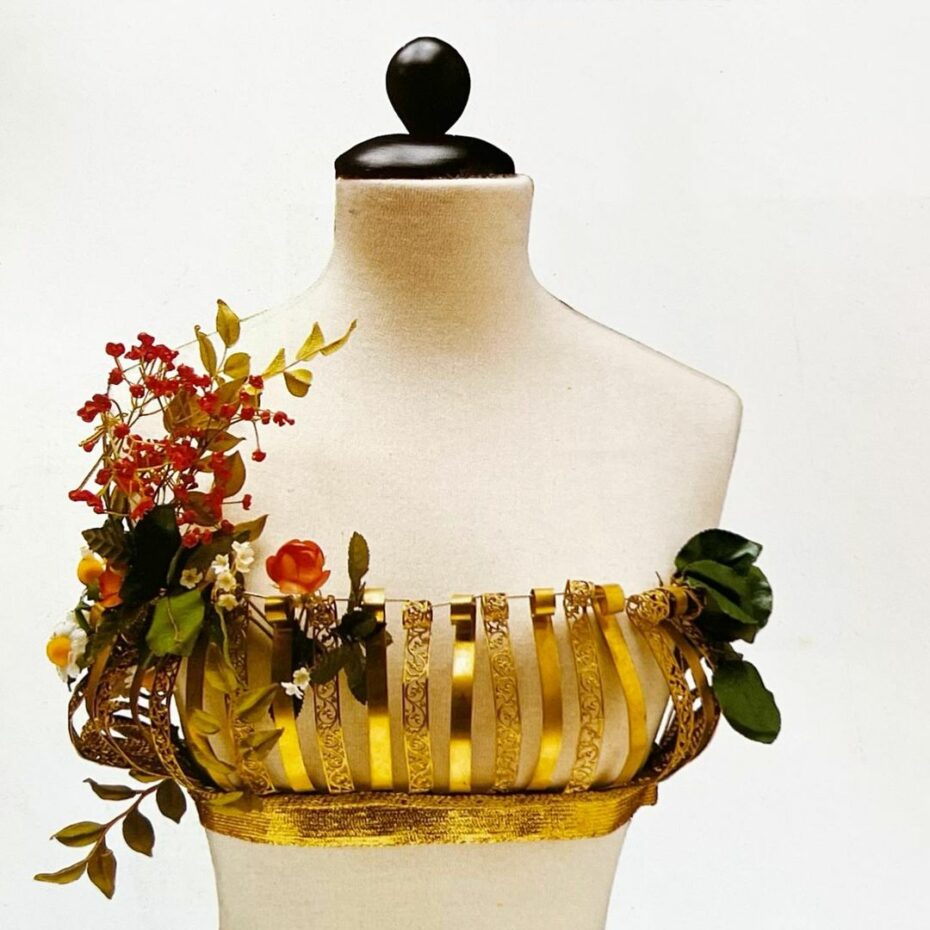
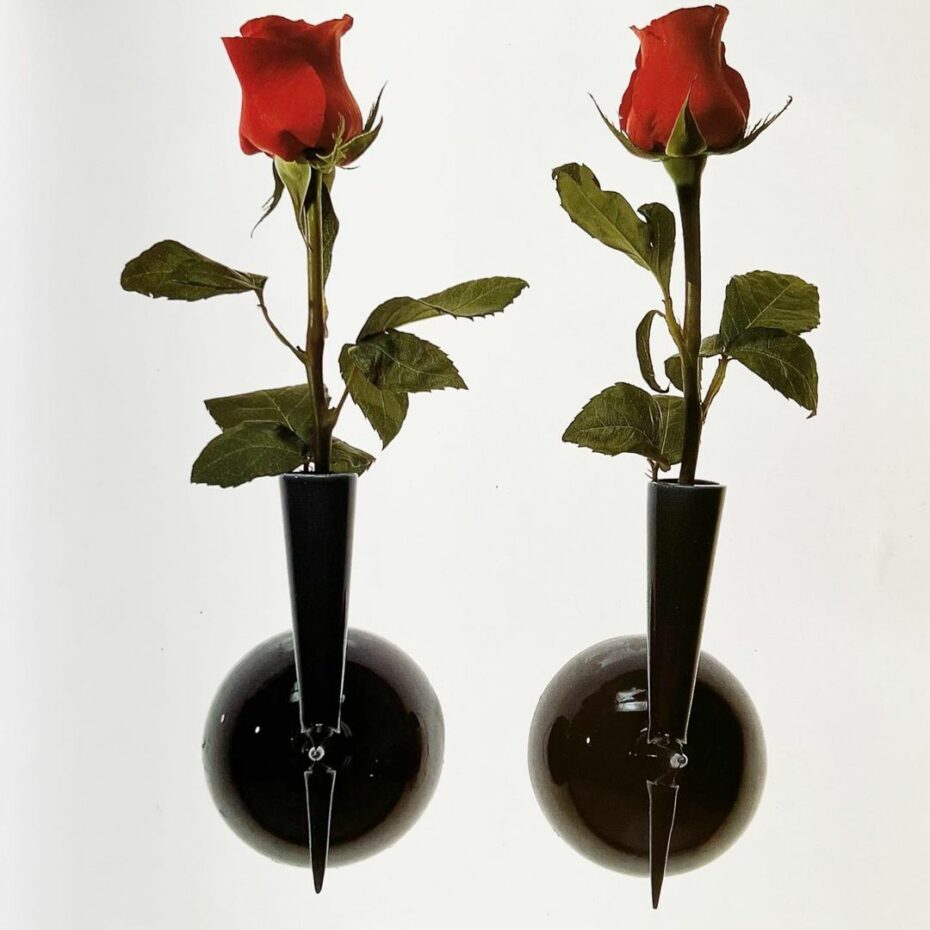
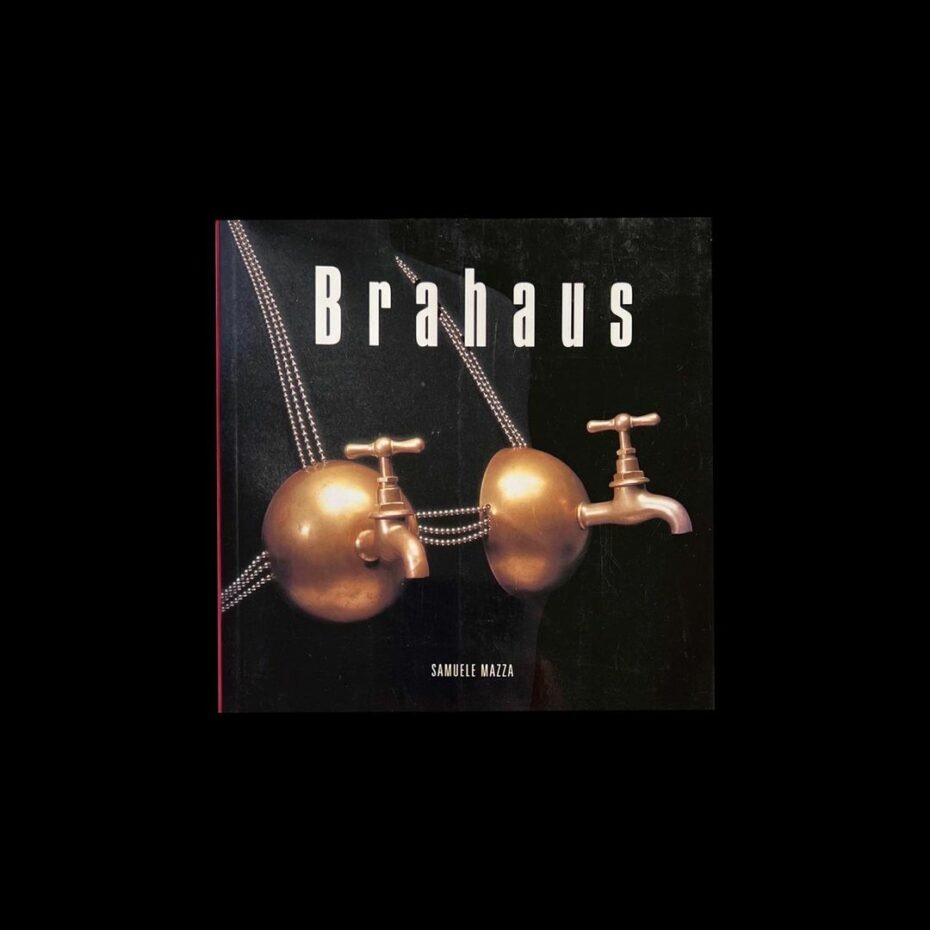
Published in 1994, by Samuelle Mazza, found via Press SF.
7. The legend of Naica, the Witch Capital of the World
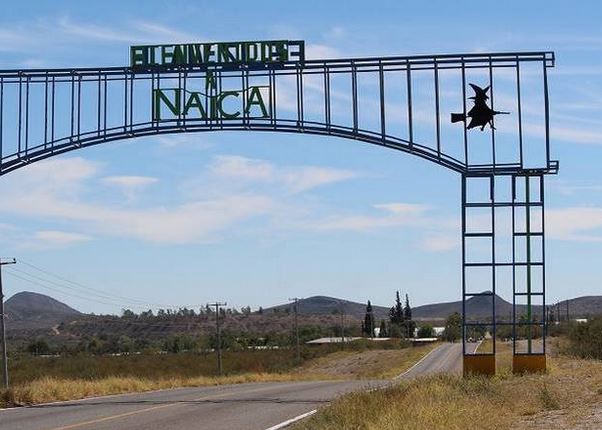
The story behind Naica, together with the natural scenery of great beauty, with the fear of witches and their power, is full of a certain mysticism that is almost magnetic for all visitors who come to check if the legend is true.
Found on Cultura Colectiva.
8. The Wyndcliffe Mansion
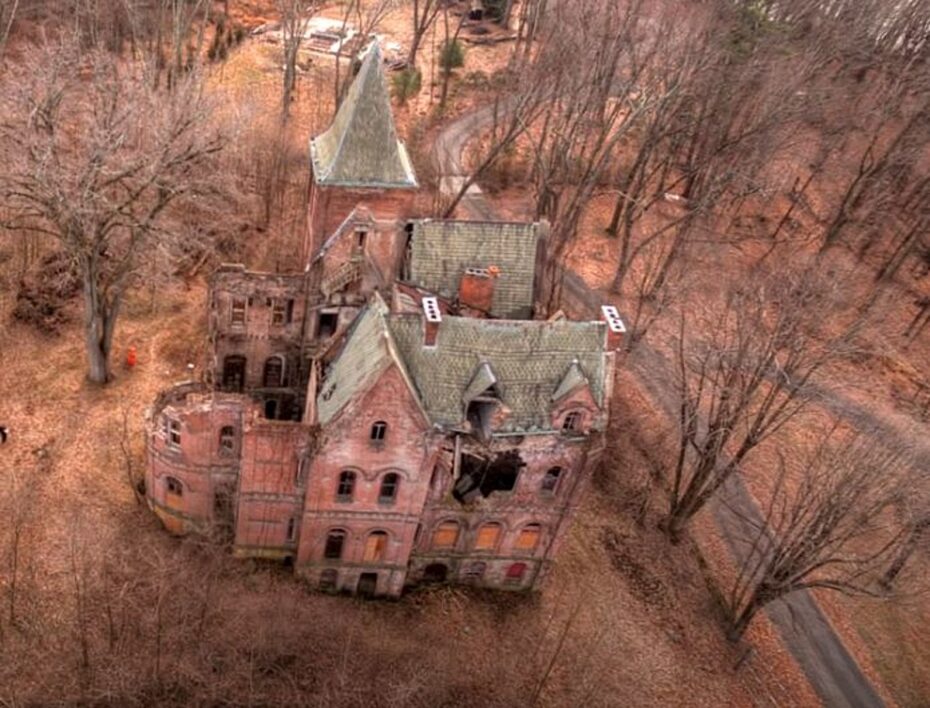
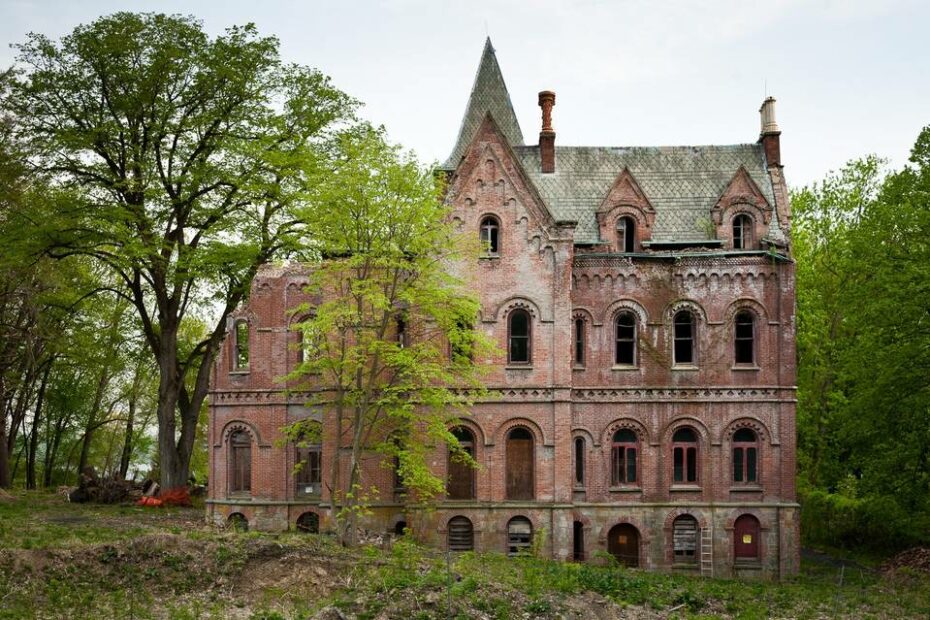
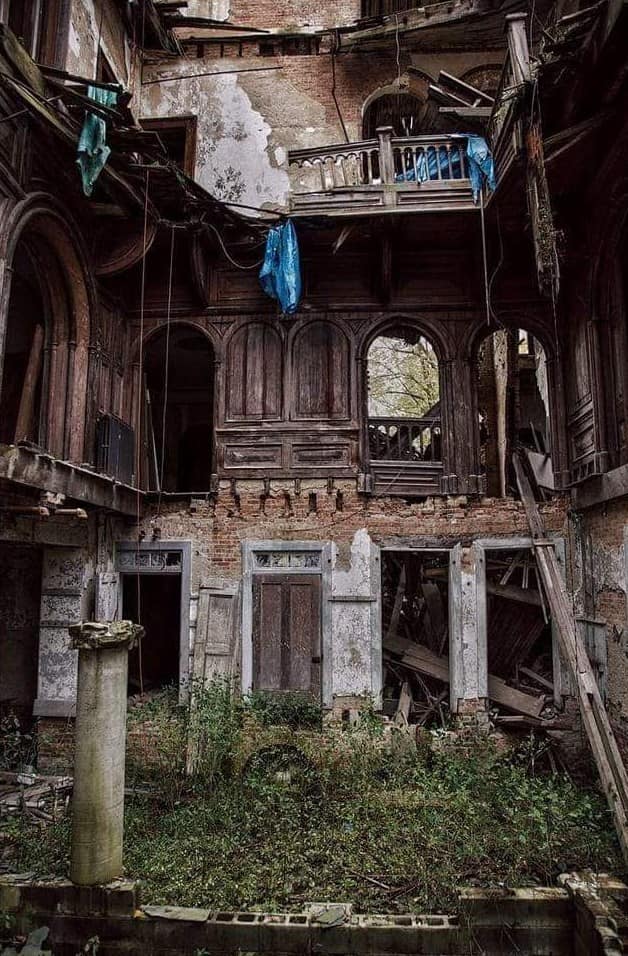
Built in 1853 and abandoned since 1950. This place is thought to have inspired the term “Keeping up with the Joneses”. In the Hudson Valley of New York at one time it sat on 80-acres (now reduced to a couple) and was purchased by the wealthy socialite Elizabeth Jones in 1853 as a summer house.
A cousin to the Astors and aunt to Edith Wharton, Jones occupied a space in the upper echelons of New York high society. In 1853 she had built for herself this gothic mansion in the sleepy hamlet of Rhinecliff, a hundred miles up the Hudson River.
The 24 bedroom Gothic mansion had towers and gables and arched windows, and looked like something right out of a fairy tale. It was so grand that it prompted a ‘building boom’ as all neighbors started upgrading their houses and thought to be where the saying “Keeping up with the Joneses” was born.
Elizabeth Jones never married, and after her death, the mansion’s later owners fell foul of the Great Depression, until in 1950, the house was abandoned for good. Today Wyndcliffe lies hidden in the thick forests of the Hudson river valley.
Found on Mansions of the Gilded Age.
9. DALL-E, a New Artificial Art Generator
10. The strange, futuristic vehicle that was the 1939 “Snow-Cruiser”
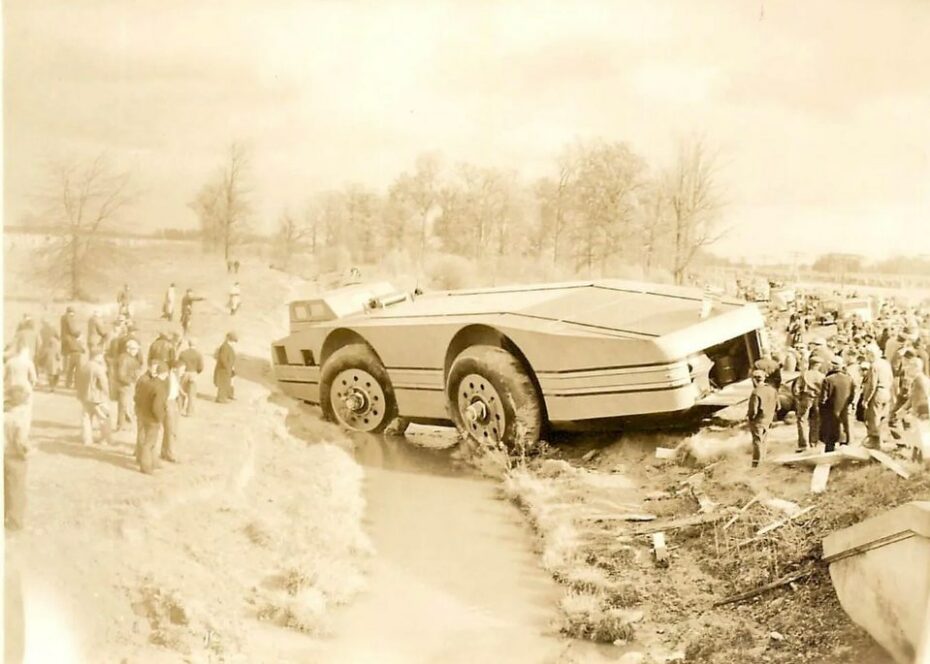
The world, especially the nations very much interested in laying claim to parts of Antarctica, were on tenterhooks to find out the final scale and aims of this grand American Antarctic expedition. None, however probably guessed what was about to roll onto the stage-
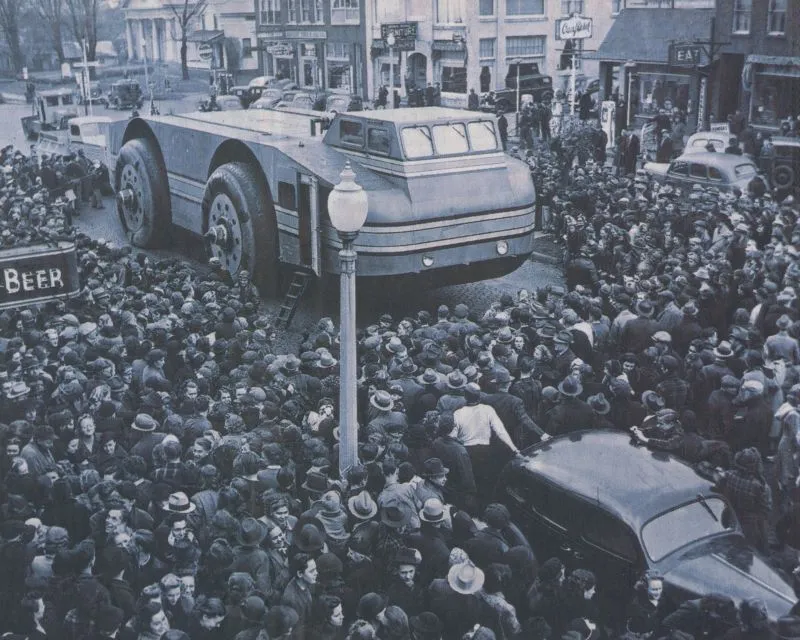
Fifty-five feet long and twenty feet wide, weighing 37 tonnes fully loaded this gigantic vehicle was designed to have a range of over 8000 miles and sustain a crew for up to a year on the ice without resupply. The giant machine was powered by two diesel engines, giving it a proposed speed of up to fifty miles per hour.
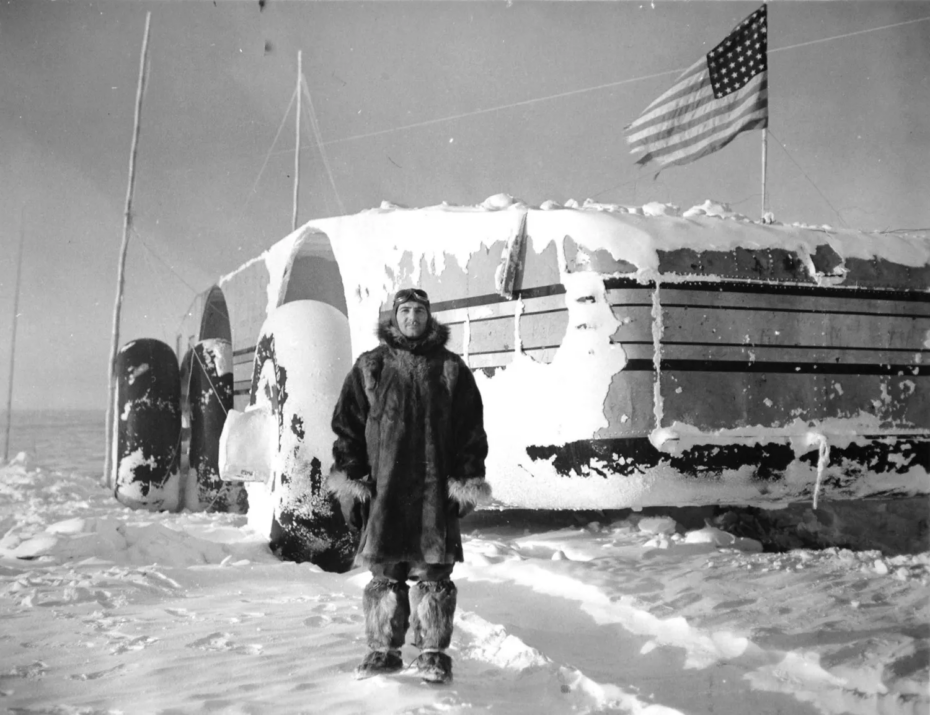


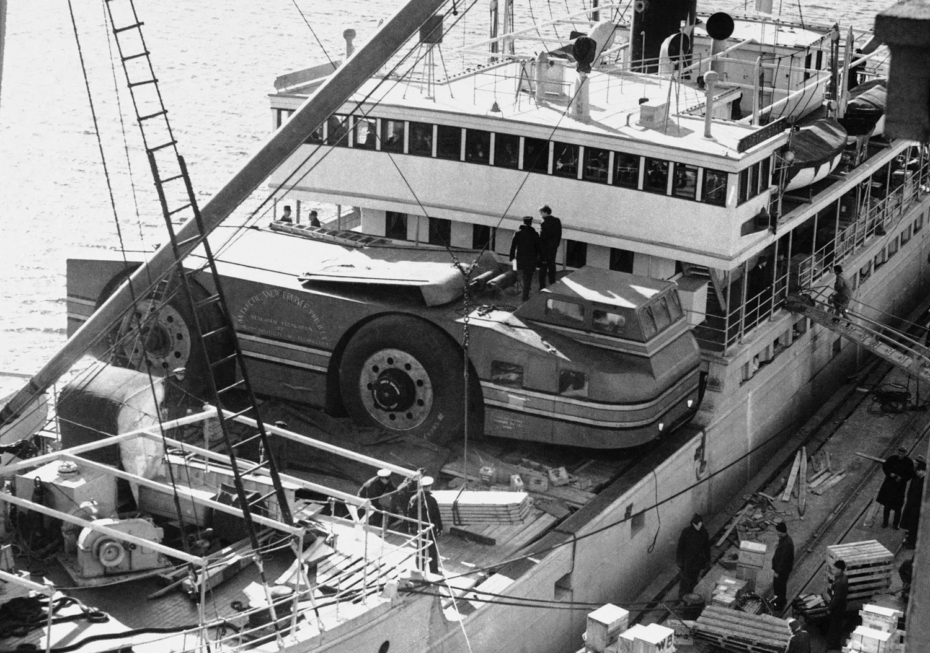
Read the fascinating article, The Snow Cruiser-Antarctica’s Abandoned Behemoth, found here.
11. A website dedicated buildings & vehicles inspired by bubbles
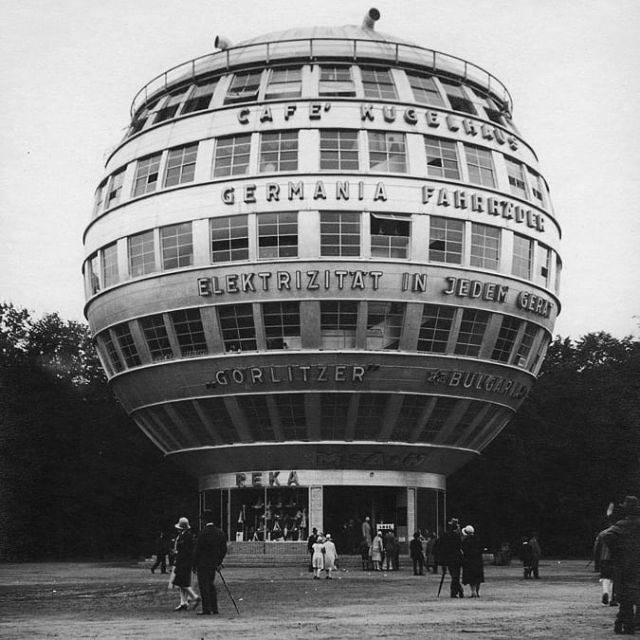
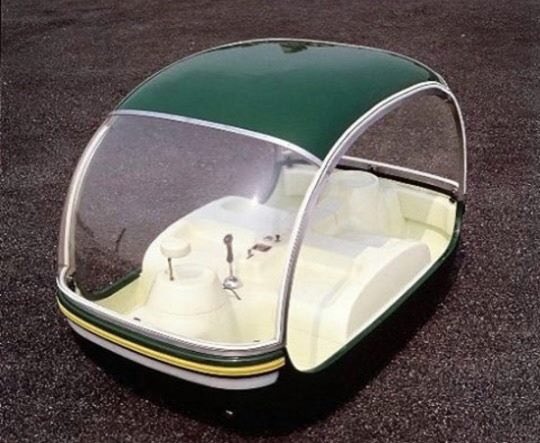
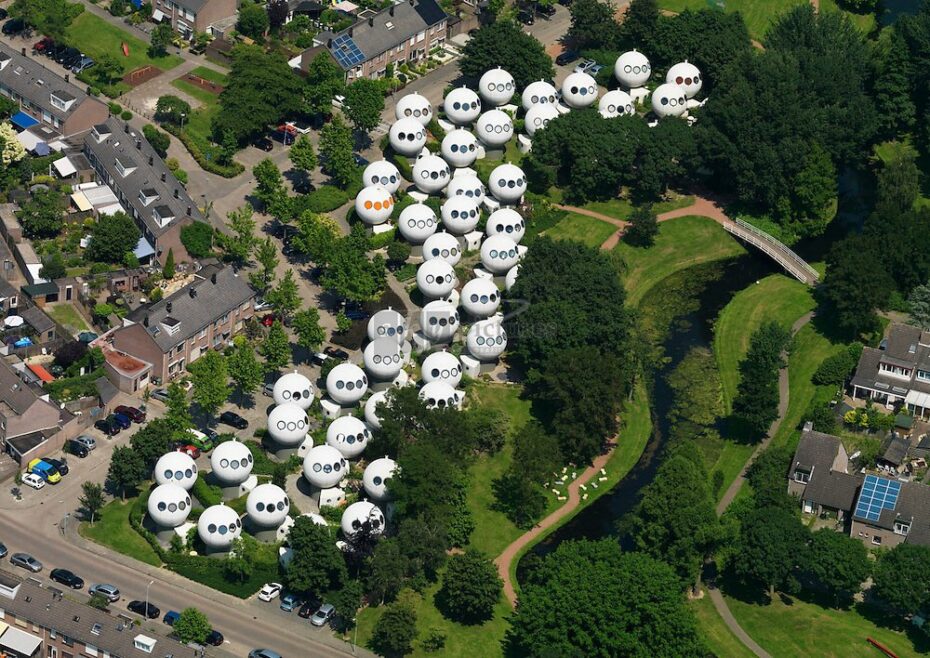
Check out Bubblemania. Found via Present & Correct.
12. A French bakery describes the difference between a Macaroon, a Macaron and President Macron

Found on Reddit.
13. A Documentary about that time France Built a Replica of Paris in WWI
We’ve covered this topic in our archives, but here’s a 35-minute documentary on Paris leurre (decoy):


